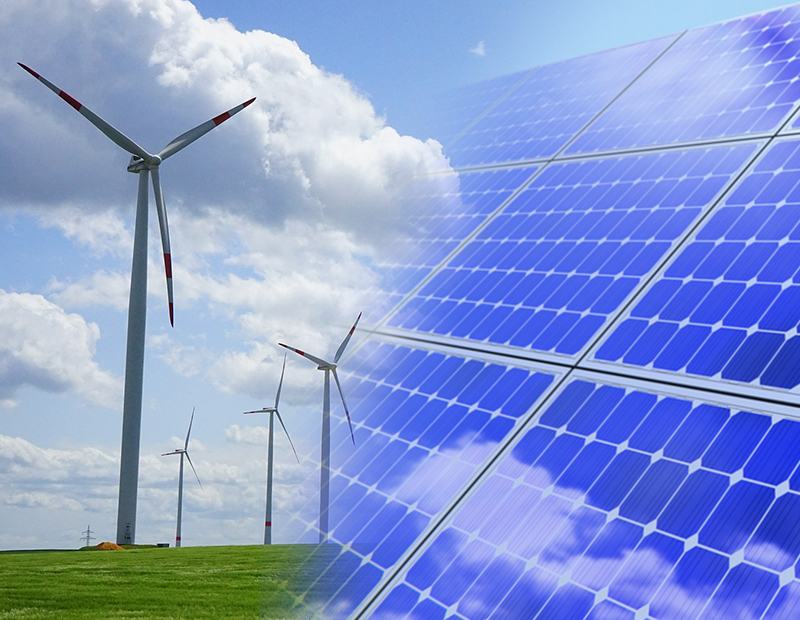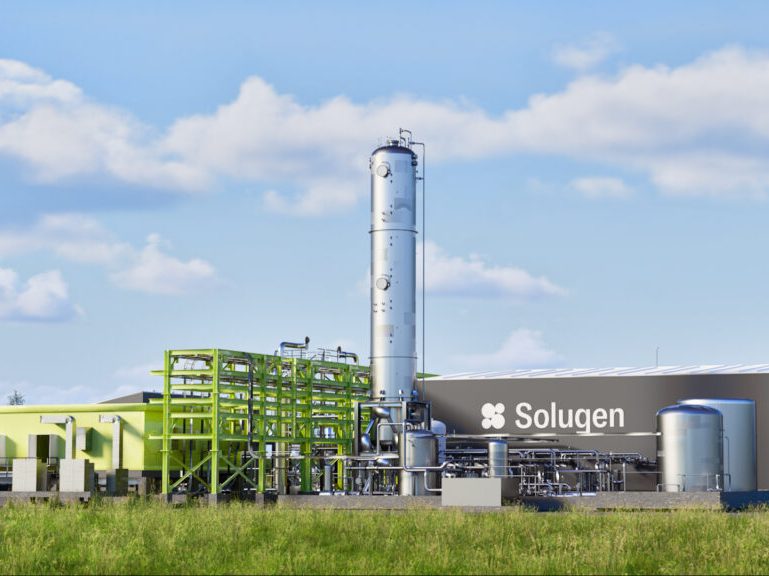Duke Energy Sets Net-Zero Climate Goal
The giant utility's updated plan calls for doubling its portfolio of renewable sources by 2025.
Duke Energy has updated its climate strategy, announcing a new goal of net-zero carbon emissions from electric generation by 2050, raising the bar in reducing carbon dioxide emissions in the country’s power sector. At this time, three of the top 20 largest power utilities committed to net-zero emissions—Xcel, PSEG and Duke—and is expected that other big players follow suit.
Duke’s long-term target also includes a near-term goal of cutting its carbon dioxide emission by at least half from 2005 levels by 2030. The company has already reduced carbon emissions by 31 percent since 2005, which already exceeds the standards of the former Clean Power Plan and the 2015 U.S. commitment to the Paris Agreement. In addition, since 2010, it has retired 49 coal-fired units totaling 6,190 megawatts and replaced them with flexible natural gas and renewables.
Duke Energy’s 2017 goal to reduce carbon emissions by 40 percent by 2030 was one of the industry’s most ambitions at the time. Yet, sustained, low natural gas prices and declining costs for renewables and energy storage have enabled the company to accelerate that goal to at least 50 percent by 2030. The materialization of this vision includes a diverse mix of renewables, nuclear, natural gas, hydro and energy efficiency.
Steps to a net-zero carbon future
Duke Energy’s plan to transform its energy infrastructure is a balancing act between pace and cost, reliability and innovation. As the company serves different states and collaborated with different stakeholders, the timeline for the transition will vary from one place and partnership to another.
To reduce costs, Duke plans to at least double its solar, wind and other renewables portfolio by 2025. It will also continue to deploy low-cost natural gas to not only maintain a high pace for the transition from coal but also maintain reliability. The company’s nuclear fleet, totaling almost 11,000 megawatts of carbon-free generation in the Carolinas, is an important component in meeting this goal. The electric grid modernization is also part of the reliability step and Duke is actively pursuing the creation of a smarter and more resilient grid that can withstand extreme weather, cyber and physical attacks, as well as the addition of more renewables.
The technology and innovation component includes advanced renewable energy, longer-lasting storage, new nuclear technologies, low- and zero-carbon fuels and effective ways to capture carbon emissions. Moreover, the company stated it will support permitting reforms that will enable new technologies to be deployed.
Headquartered in Charlotte, N.C., Duke Energy is one of the major energy holding companies in the U.S. with an electric generating capacity of 51,000 megawatts through its regulated utilities and 3,000 megawatts through its non-regulated Duke Energy Renewables unit. Although not the lead stakeholder, Duke Energy is one of the partners in the Atlantic Coast Pipeline, a planned 42-inch natural gas pipeline slated to run 600 miles between West Virginia and eastern North Carolina, which began construction in May 2018.
The current announcement raises questions among environmental and social corporate responsibility entities, as the Atlanta Coast Pipeline is unaccounted for Duke’s net-zero electricity generation goal.








You must be logged in to post a comment.